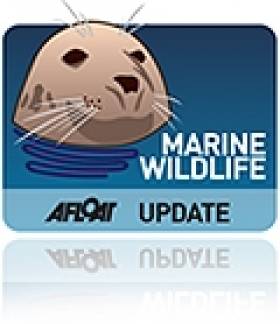Displaying items by tag: WhiteTailed Eagles
Ireland's Sea Eagles In Photos From Birth To Death
#MarineWildlife - RTÉ News has posted some of Nigel Beers-Smith's wonderful photographs documenting Ireland's first native white-tailed eagles for over 100 years, one of which was found dead recently in shocking circumstances.
As The Irish Times reports, the male white-tailed or sea eagle was last seen on the eastern shore of Lough Derg in January before it was found dead from gunshot wounds in a remote part of Co Tipperary following a tip-off from the public.
The eagle was one of two reared by the nesting pair spotted on Bushy Island in Lough Derg nearly two years ago - marking the first time in over a century that white-tailed eagles had fledged in Ireland.
Minister for Arts, Hertiage and the Gaeltacht Jimmy Deenihan said he was "shocked" by the crime, which is a "significant blow" to the sea eagle reintroduction programme started in 2007.
“It is absolutely incomprehensible that someone would shoot one of these magnificent birds but even more shocking is that one of the first two Irish-bred eagles has been shot only seven months after leaving the nest," added reintroduction project manager Dr Allan Mee.
The project has already suffered from poisoning incidents, such as last year's discovery of two dead white-tailed eagles in Kerry and West Cork - both the result of consuming suspected tainted carrion.
The Irish Times has much more on the store HERE.






























































